A look at King Krule’s latest project through pictures taken on a road trip.
The Sun Will Soon Set on Manhattan
SAMUEL HYLAND
Packaged music was once a household ornament; vinyl covers were shelved as works of art for curious passersby, the sounds themselves were backdrops to elegant parties and family dinners. One can argue that the industry has returned to such a state: recording is only a small percentage of the job. Of the albums that are embraced favorably by modern listeners, most come packed with engrossing rollouts and meticulous art direction – stories, per se, that play as if they are told telepathically from producer to consumer, soul to ear. The power of the aesthetic has transcended artistic border lines. No longer does it exist exclusively in the more popular photographic sphere – we stand witness to its long-awaited landing within the atmosphere of sound, the eager discovery of its new moon.
King Krule has established himself as one of few co-pilots operating this vessel. When the musician stood amidst grainy camera pans, glitching screens, ominous birds, power lines, and orange skies per Youtube sometime in mid-February for his Hey World mini-movie, he knew exactly what he was doing – harnessing the hypnotism of the unknown – and it worked. Thousands flocked to the comment section to empathize with similarly confused fellow fans, all of them awestruck at the beauty of not knowing what was going on.
“This makes me feel so much, yet so little,” one commenter wrote. “It’s weird. Like (I’m) at peace with everything, but I still get in my feelings.”
“When it ends, it almost feels like there’s nothing else to listen to in the world.”
It is with that statement that I empathize. When I took off my headphones halfway to Connecticut with my family, I wished only to remain enslaved to the whirlpool of guitar that defined the record’s final minute, the slinky, encompassing, bottomless melodic cauldron – But night had fallen. It would be another twenty-four hours before any form of return to my listen could become possible again; no more pink sky, no more window to look out of, no more living in the moment. Memories were all that remained.
Such is what makes Man Alive! a multi-dimensional work of art: the term album is loosely defined as a collection of artwork – whether that be photographs or recordings – but must that of a composer be limited strictly to music? King Krule’s latest project is potent enough to make that questionable. Like a mad renaissance painter, he calculated his rollout to a machine-esque purity, keeping Instagram captions and Youtube videos uniformed to acute punctuations and letter counts, reworking his social medias to reflect a newfound obsession with energy transformers, even collaborating with Brooklyn-based brand AINT WET to release limited-edition merchandise to the greater New York area, rather than doing so the orthodox way: through his record label.
The monochrome 6 Feet Beneath the Moon (2013) saw Archy Marshall dabble hesitantly into this brand new ‘King Krule’ persona, and his 2017 follow-up The OOZ proved to us all that there was something sincerely ingenious to be attributed to it. But now, the universe is, at long last, ours – Marshall has taken over the controls, and he is steering the vessel as far away as possible from the place we call Earth.
On Man Alive!, King Krule’s world is one of scenic dusk. It is somber in its knowledge that the sun will fall, but there is the faintest twinkling of faith that it will rise again tomorrow. I am immersed in that universe as I sit in the backseat.
We cross the Throgs Neck Bridge as I listen to Perfecto Miserable. Everything is pink. The sky ends where the East River begins, and our Ford Explorer graces the centre — we are in the sky; we are in every utopia ever imagined. To my left, there is New York City. We are far enough away from it that I can see the entire thing, from the World Trade Center to beyond the Empire State. And it is beautiful. The song finds its foundation in jazz, the same intricate chords and soft strings that defined the very culture of this tiny metropolis I behold from my window a century ago. I see the golden hour sun reflect against the skyscrapers even with my distance; it makes me think of the irony of it all: so much of this beauty is natural – the sky, the water, the jazz – yet I marvel with drooling lips at the miniscule, far-away, man-made opposite. The sun will soon set on Manhattan. I want to be both on 34th Street, and anywhere but there, at the same time. But the sun will soon set on Manhattan. Regardless of where I am.
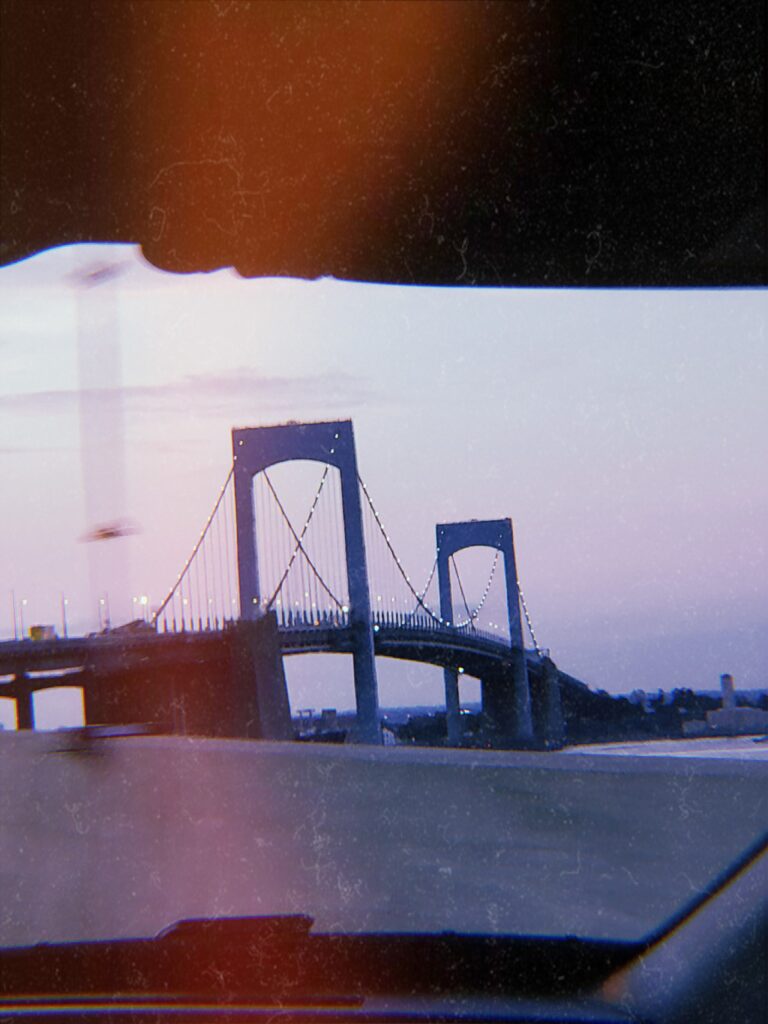
The sky gets a tiny bit darker when we reach land again. It’s no longer pink – at least no longer as pink – just enough so that a hue of indigo finds room to slowly creep into the frame. I am listening to Alone, Omen 3 now. As I think about the rising and setting of the sun, “These things just come and go” emanates from somewhere within my headset. Around that time, I become involved in an intense staring match with a passenger aboard an MTA bus. When she stares back at me, I feel challenged – so I continue to stare. Every time a bar of the song is completed, there is a loud, seismic musical tension that makes me want to rip my earphones from my ears. But I don’t. It compliments our staring match like nothing else; none of us are giving up an inch, both of us more than likely want this to end, and – just like me with the earphones – as the tension escalates, our collective desire to stop does the opposite. Our lane grows congested at the song’s fade-out, and the bus drives swiftly past. The woman follows me with her eyes, cracking a smile before I can no longer see her. I don’t know if it is genuine or sarcastic. She has gained my respect.
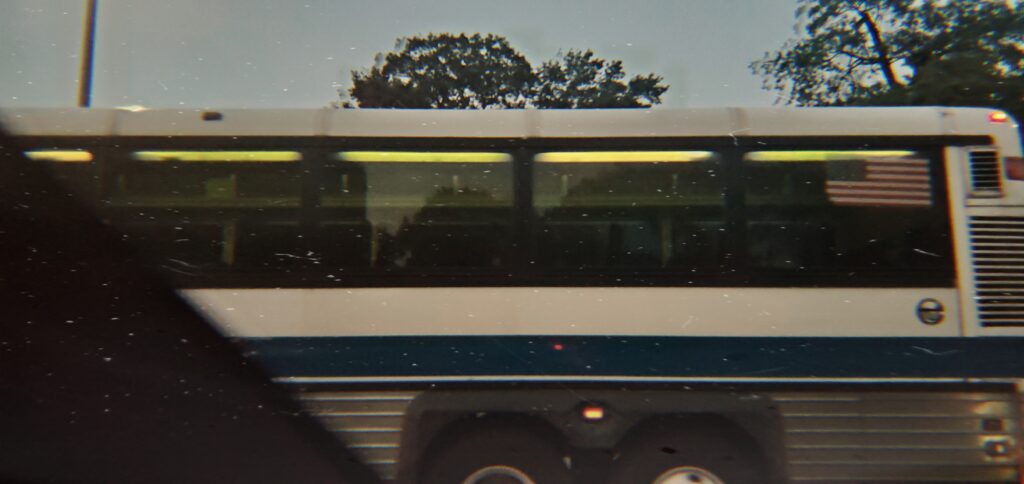
I learn that my experience is going to end sooner than later when I sit up, look down at my opened Spotify, and see that there are three songs left on the album. At some point, I realize, I must have closed my eyes (though I did not doze off). Night is setting in. We drive past an ominous body of water; a chill goes down my spine when I think of what lives within it, who’s died within it, and the life I know not of. Why does water look so appealing in daylight, yet so haunting at dusk? The tides appear black and still through my window. I close my eyes and wait for it all to pass. The next two songs are a blur of strings, slurriness, and ambience. I try to find myself in that. The sun is in the rearview mirror. It drags a rich pinkish-purple down with it to the horizon, a sight I cannot say I will behold again until tomorrow.
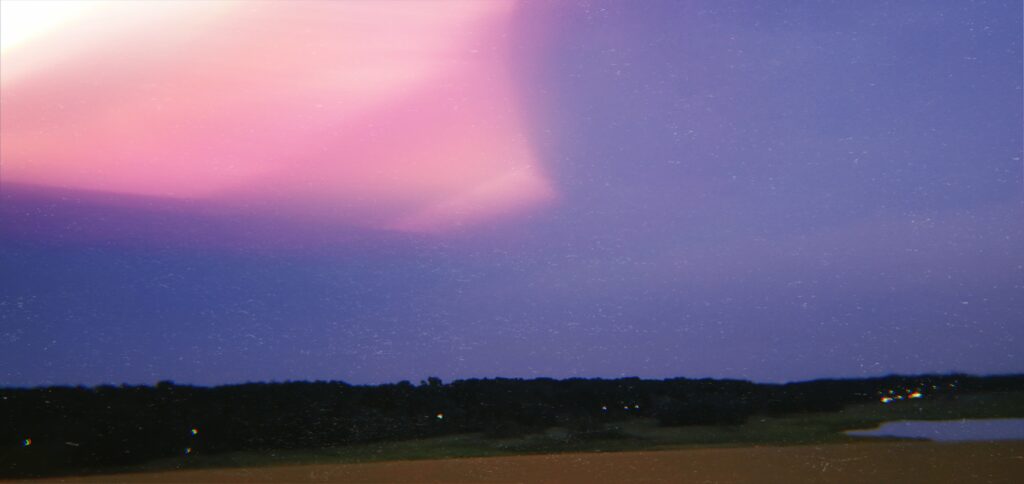
But when I open my eyes again, the sky is black. The last song on the album, Please Complete Me, is playing. Every natural facet of the beauty I’ve witnessed – the pink sky, the water, the greenery – has perished, swallowed by the black sky and taken over by the innovation of man. There is no sunlight, now, no colorful empyrean, no fluctuation in setting. There are lit office buildings. There are street lights every few feet. There are headlights everywhere I turn.
In the album’s final minute, it appears that King Krule has accepted this reality. His guitar is slinky and monotonous, yet profound and rich. It plays the same pattern over and over again. Then somewhere down the line, for one brief moment, it digresses – it goes deeper. It sounds industrial, like iron shards violently scraping against each other at the apex of this man-made world I see from my window. But it sounds just as serene.
The sun has set on Manhattan. Tomorrow, it will rise again.
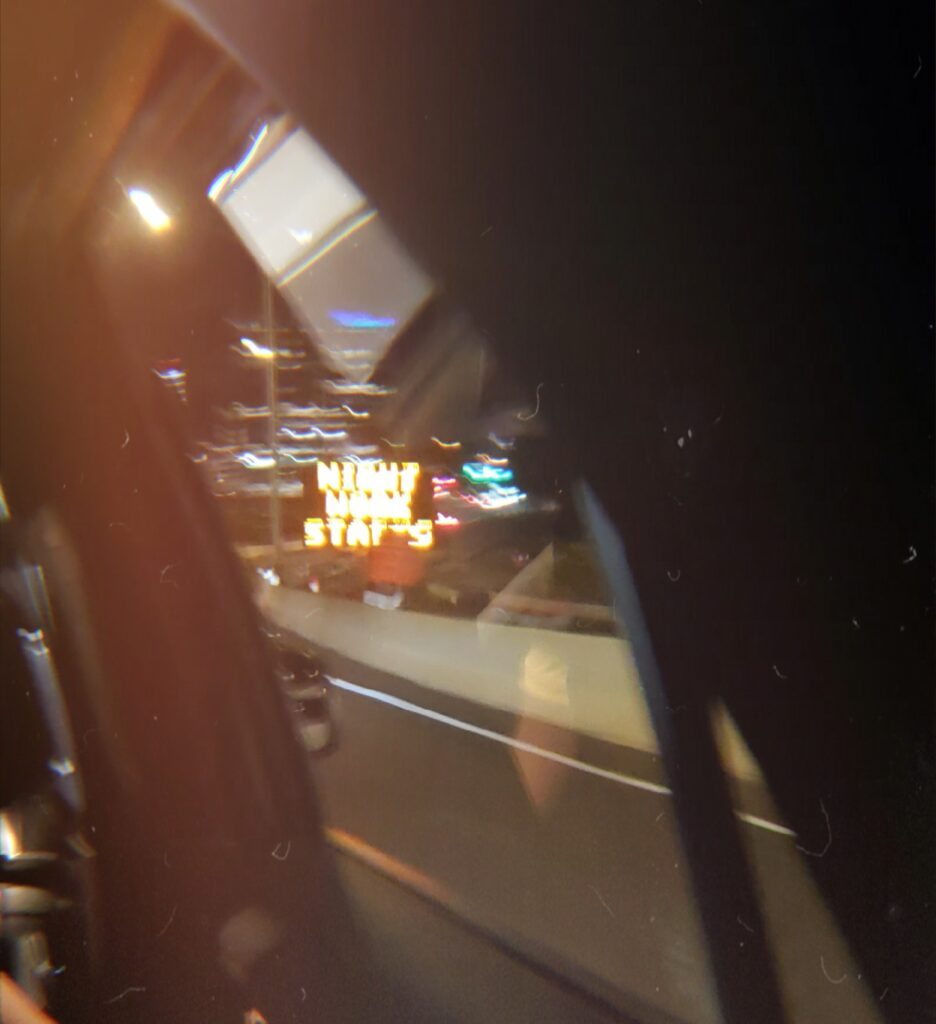
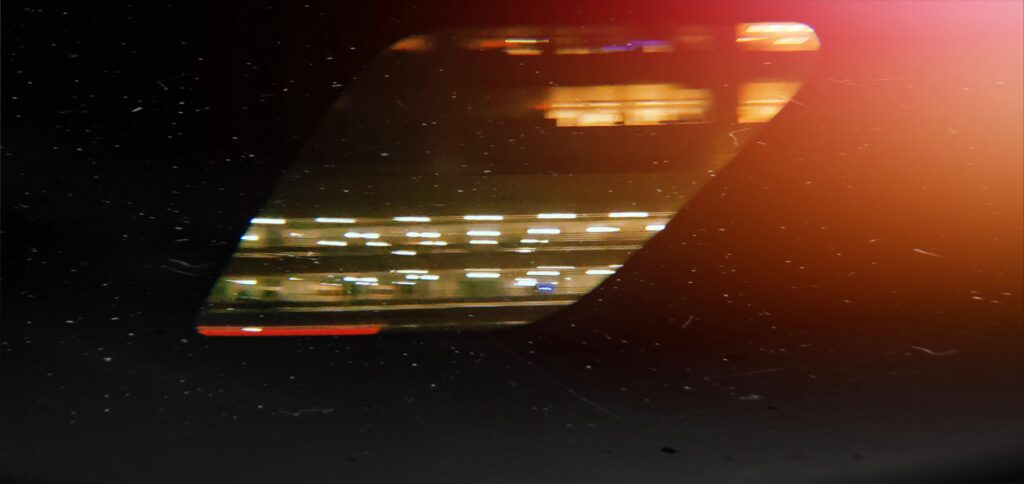

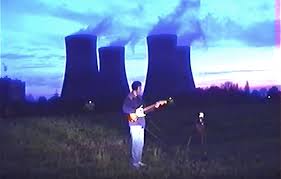
One reply on ““Man Alive!” Through Pictures”
loved this